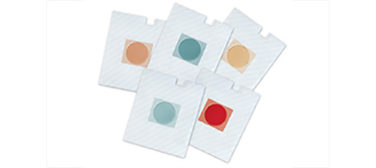The ACA, larger patient role in decision-making, and increased access to information are just some dynamics contributing to profound changes in healthcare. Recognizing and responding to these changes, the pharmaceutical industry focused efforts on actively engaging patients by providing education and support to get them on and adherent to their prescribed therapy. The medical device industry has the same opportunity to understand and connect with patients with the ultimate goal of improving outcomes.
Pharma marketing has also changed dramatically. In the 1980s, Merck and Boots Pharmaceuticals were first to conduct DTC advertisements. Likewise, some medical device companies market directly to consumers, notably in orthopedics and diabetes testing devices. This trend is likely to grow, supported by research showing that new doctors spend only eight minutes per day per patient. As demands on clinicians increase, manufacturers’ reliance on physicians to educate and engage patients on their treatment options and compliance strategies may be problematic.
Barriers to Treatment
Approximately half of the 3.2 billion U.S. prescriptions dispensed annually are not taken as prescribed, and nearly 75% of consumers don’t take medications as directed. Getting and keeping patients on therapy can be extremely challenging. Many factors may be involved: Cost, behavioral barriers, perceived condition severity and uncertainty of side effects or efficacy.
Pharma’s response: Providing patient support programs addressing financial, behavioral and clinical patient barriers. Financial assistance, such as co-pay savings programs, proves very effective as well as other multi-channel communication including refill reminders, education and patient behavioral coaching. These programs not only increase overall adherence, but data show a measurable increase in physician brand preference and loyalty.
Medical devices also face these same barriers to treatment. Studies show that non-compliance to post-operative physical therapy ranges from 9% to 60%, and 20% to 30% of patients forego their first appointment. This can negatively impact mobility, flexibility and timely return to normal activities.
Paradigm Shift in Device Marketing
Patients need support to maintain compliance to medical device treatment, and they may even require greater support because of the often invasive nature of the devices, which could result in further challenges to successful treatment. Examples of patient support include education about their condition, alternative therapies and importance of compliance; appointment reminders; behavioral-based conversations to uncover treatment obstacles; and lifestyle changes.
Seventy-five percent of diabetes patients report their doctor offered a choice of testing devices to use. While 28% followed their doctor’s suggestion, 21% conducted research before selecting a device—a prime opportunity to provide patient education.
Patients face choices and are eager for information to make informed healthcare decisions. The question is whether medical device marketers are ready and willing to take that next step and engage with patients on a deeper level to improve patient outcomes.




